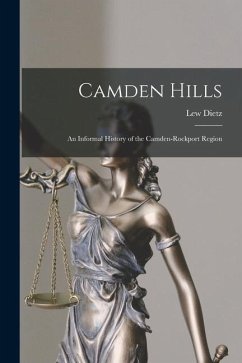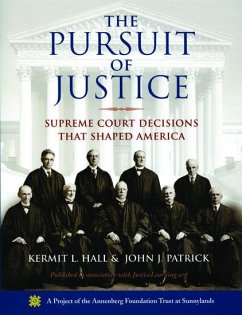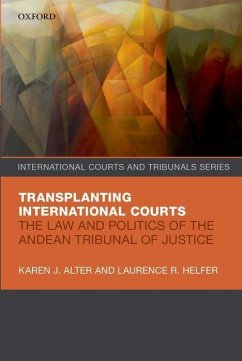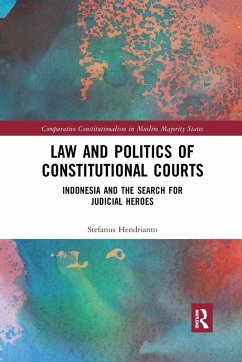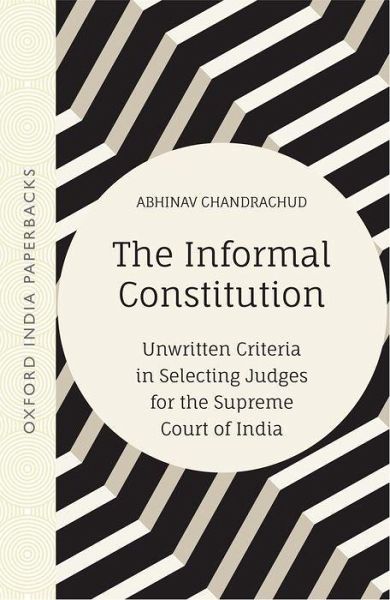
The Informal Constitution
Unwritten Criteria in Selecting Judges for the Supreme Court of India (Oip)
Versandkostenfrei!
Versandfertig in über 4 Wochen
24,99 €
inkl. MwSt.

PAYBACK Punkte
12 °P sammeln!
Enacted for historical reasons on 26 January 1950, the Constitution of India provided that the Supreme Court of India, situated in New Delhi, was to have one Chief Justice of India, and not more than seven judges. Today, the Court has 33 judges in addition to the Chief Justice of India. But who are these judges, and where did they come from? Its central thesis is that despite all established formal constitutional requirements, there are three informal criteria which are used for appointing judges to the Supreme Court: age, seniority, and diversity. This book uniquely brings to the fore the unw...
Enacted for historical reasons on 26 January 1950, the Constitution of India provided that the Supreme Court of India, situated in New Delhi, was to have one Chief Justice of India, and not more than seven judges. Today, the Court has 33 judges in addition to the Chief Justice of India. But who are these judges, and where did they come from? Its central thesis is that despite all established formal constitutional requirements, there are three informal criteria which are used for appointing judges to the Supreme Court: age, seniority, and diversity. This book uniquely brings to the fore the unwritten criteria that have determined the selection of judges to the highest court of law in this country for over six decades.



